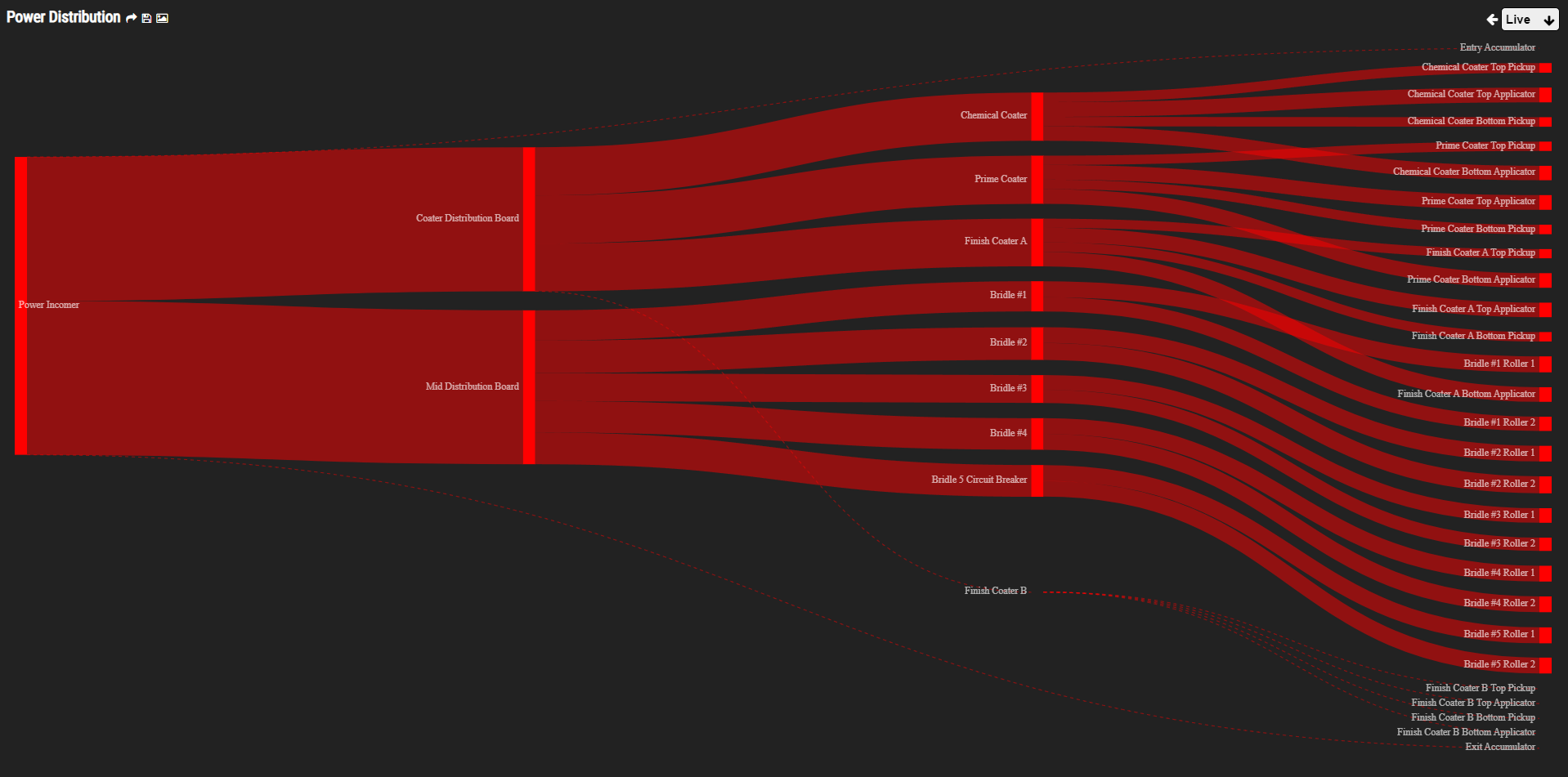Connections Are Important
The power of relationships in ARDI systems
A single asset can’t do everything your process needs all by itself. Your processes only work because your assets work together – they’re connected to eachother. In ARDI, we call these connections relationships, and they’re a key part of what makes ARDI so useful.
You can create any number of relationships to capture how your various assets are structured, how they pass product and energy between them and how they interact with eachother
As an example, let’s consider a water pump, named Spray Pump #2
The pump is described as being part of the Water Spray System in Building A. We can connect all three of these assets – the building, the system and the pump – together in a hierarchy.
Hierarchies are used to add structure to your ARDI system, so people can find assets in a natural, human-readable way. They also help users understand where assets fit in to the larger system.
Hierarchies are also very useful in ARDI-powered solutions for filtering, searching and navigating your assets. You can create dynamic reports for every asset inside Building A, or build an AI for the pump that automatically includes information from the water spray system.
As well as the built-in location hierarchy, you can add your own – for example, you might add an Org Chart hierarchy if you decide to add human resources to your database.
Our pump has several physical relationships. These are connections where assets are directly connected to one-another, such as the cables for power, and piping for water.
Physical relationships are extremely useful for people in the field, as they can be used to understand how your process actually works. You can follow them upstream to find sources or energy and isolation points, or you can follow them down-stream to find out the effects of turning a system off.
ARDI can also use them for flow, where important information such as measurements, statuses and alerts can flow from up-stream to down-stream assets. This gives people much deeper understanding of asset status.
Physical relationships also allow you to perform analytics using the asset structure – such as flow analysis that follows the path down-stream from a source, conveyor tracking using the links between conveyors to virtually follow product, or power usage reporting that follows your wiring across both AC and DC circuits.
Logical relationships capture connections that aren’t direct, or don’t involve any exchange of product or information.
Our pump is controlled by the level of the tank it’s filling. If the tank becomes full, the pump stops. We can record this with a control relationship between the pump and the level sensor. This not only captures knowledge that is important to technicians and engineers, but it also makes the values from the pump visible in the level sensor, and vice-versa.
Spray Pump #2 – as its name would suggest – is only one of a set of pumps. We can create a sequence relationship that flows between pumps 1, 2 and 3, so that it’s easy for people to understand that they are a linked set, and to display the balance across the pumps.
Logical relationships are great for reporting and analytics. You can use them to ensure assets are always shown in the correct order, report on control loop quality and timing, diagnose sequencing issues or build AI models that monitor neighbouring equipment.
Relationships aren’t just flat information that only get used by technicians. With structural information, ARDI uses relationships to…
They’re also critical for dynamic data – solutions that scale up or down as your existing site changes, or as you move between different sites.

The best way to understand the power of ARDI is to see it with your own eyes.
Simply add your contact details below and we will arrange a personal demo where we will take you on a full tour of ARDI’s backend and show live demonstrations of each capability